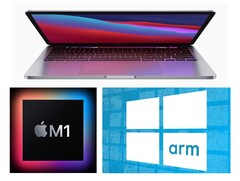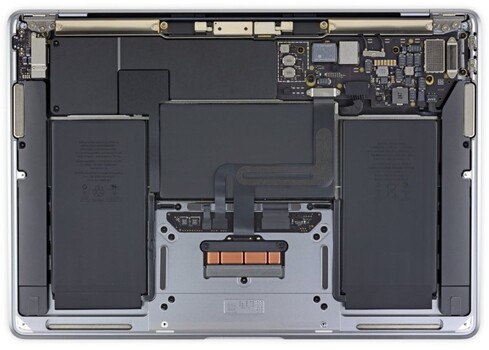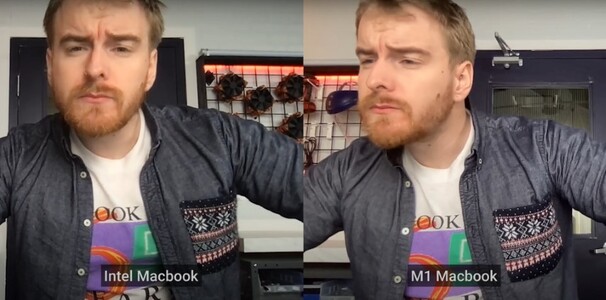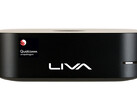M1 MacBook Air portable power: 3 ways Apple is setting a new standard

1. Efficiency has entered the chat
Efficiency has always been a consideration for laptop makers, but it has generally taken a backseat to raw performance in all but the most portable devices. Even the most power-efficient Windows laptops had relatively poor battery life and decreased performance when away from the wall. Apple has always been somewhat different in the sense that its laptops didn't underclock when unplugged.
The M1 SoC family took this to the next level, though. In partial response to the incredible efficiency of Apple's M1 chips, Intel launched a hybrid architecture in its 12th Gen CPUs, which contain a mix of high performance and efficiency cores. AMD is also rumoured to be releasing a hybrid architecture in the near future.
It is still early days for Intel and AMD when it comes to hybrid designs, but there is a lot of potential in balancing power consumption and performance with this strategy. It may, in fact, be the only way for Intel and AMD to remain competitive in the coming years.
2. Webcam quality should be better
We have already seen manufacturers like Microsoft, Framework and HP include 1080p webcams in their laptops, but image quality is often lacking despite the good equipment. Apple's M1 chips proved this is a deficiency in software and processing.
The 2020 MacBook Air is a great example of this - it uses the same 720p camera as previous models, but the M1 SoC's image signal processor and algorithms bump the image quality significantly. It will be interesting to see if and how other laptop makers use software trickery to improve image quality in the coming years.
If you are interested in an M1 MacBook Air, you can buy one on Amazon.
3. An ARMs race may ensue
Apple has always had a short leash on both hardware and software, and the company doubled down on this effort with the release of the M1 processor. Given the ARM architecture that the new Apple silicon is using, it is unsurprising that extra effort would be put into ensuring that the native apps and programs are fully functional. This means that Apple has put a lot of time and money into porting desktop applications to the ARM architecture.
The increase in developer focus on ARM compatibility will hopefully lead Windows software teams - including Microsoft itself - to develop and optimise their apps for Windows on ARM as well. It's about time we got proper ARM-based Windows laptops - the efforts to date have been rather pitiful, largely due to lack of support and dedication from Microsoft and its partners. The performance is clearly there and battery life improvements could be substantial if the architecture is implemented correctly - an area where Windows has often been lacking.
The current state of Windows on ARM is illustrated perfectly by the Cinebench R20 performance chart below, with the Qualcomm Snapdragon 7c (in an Acer Aspire 1 A114-61) struggling to keep up with some of the competition.
















